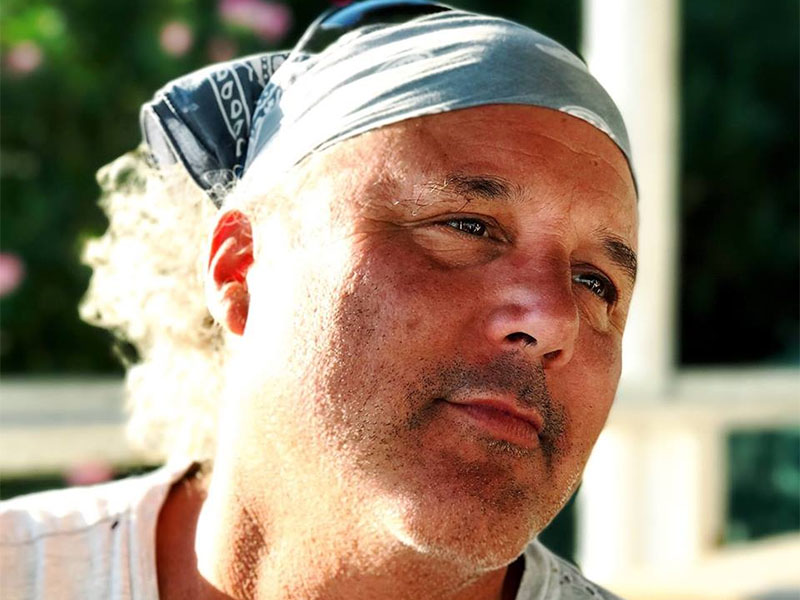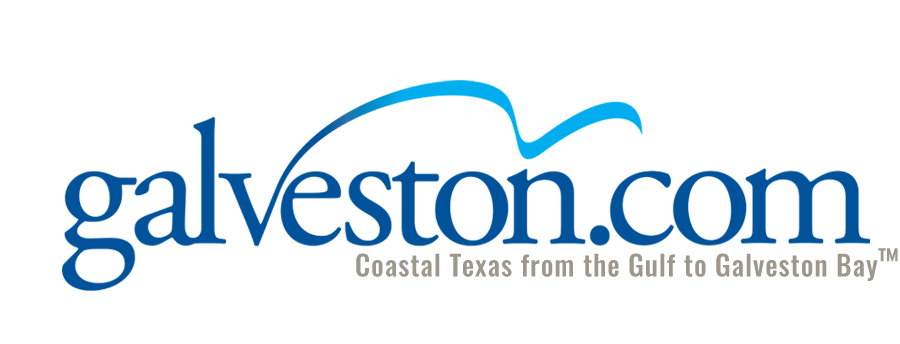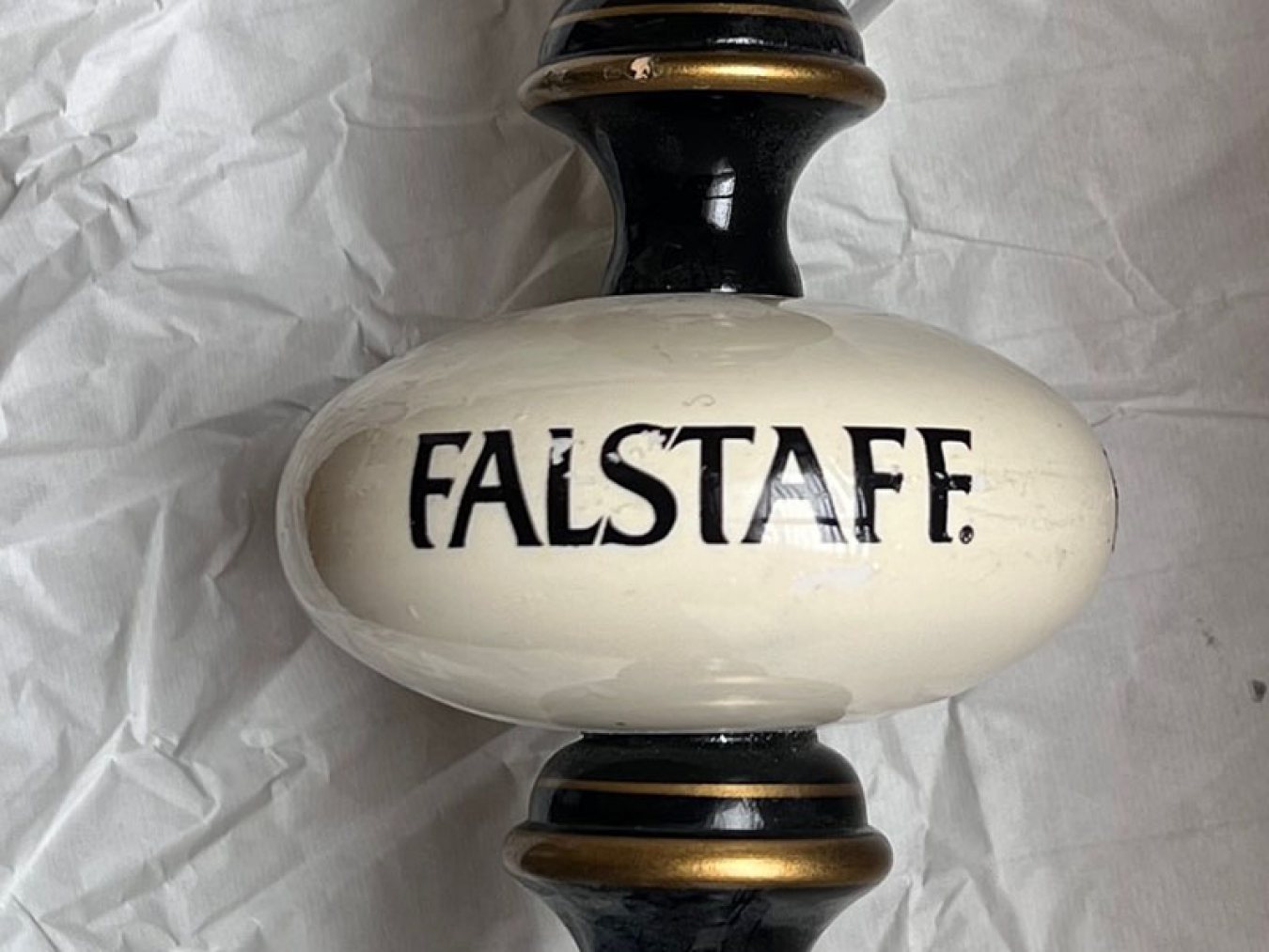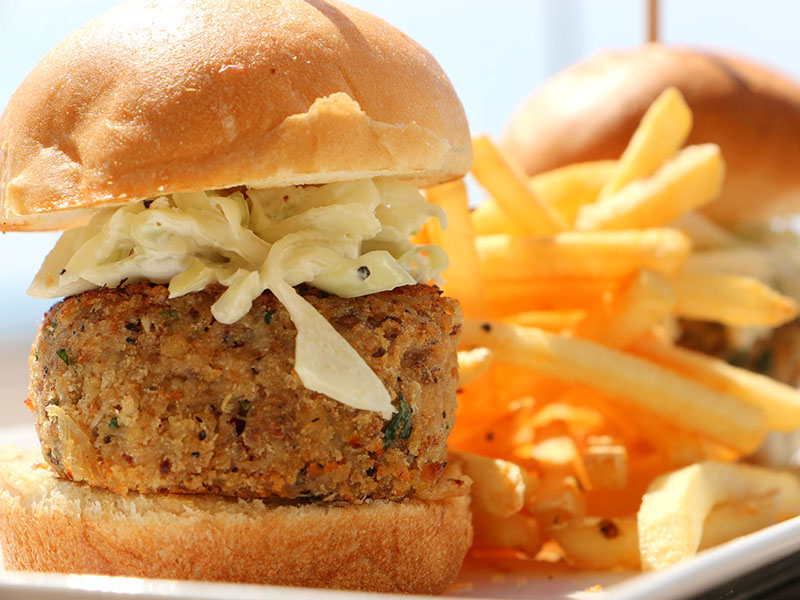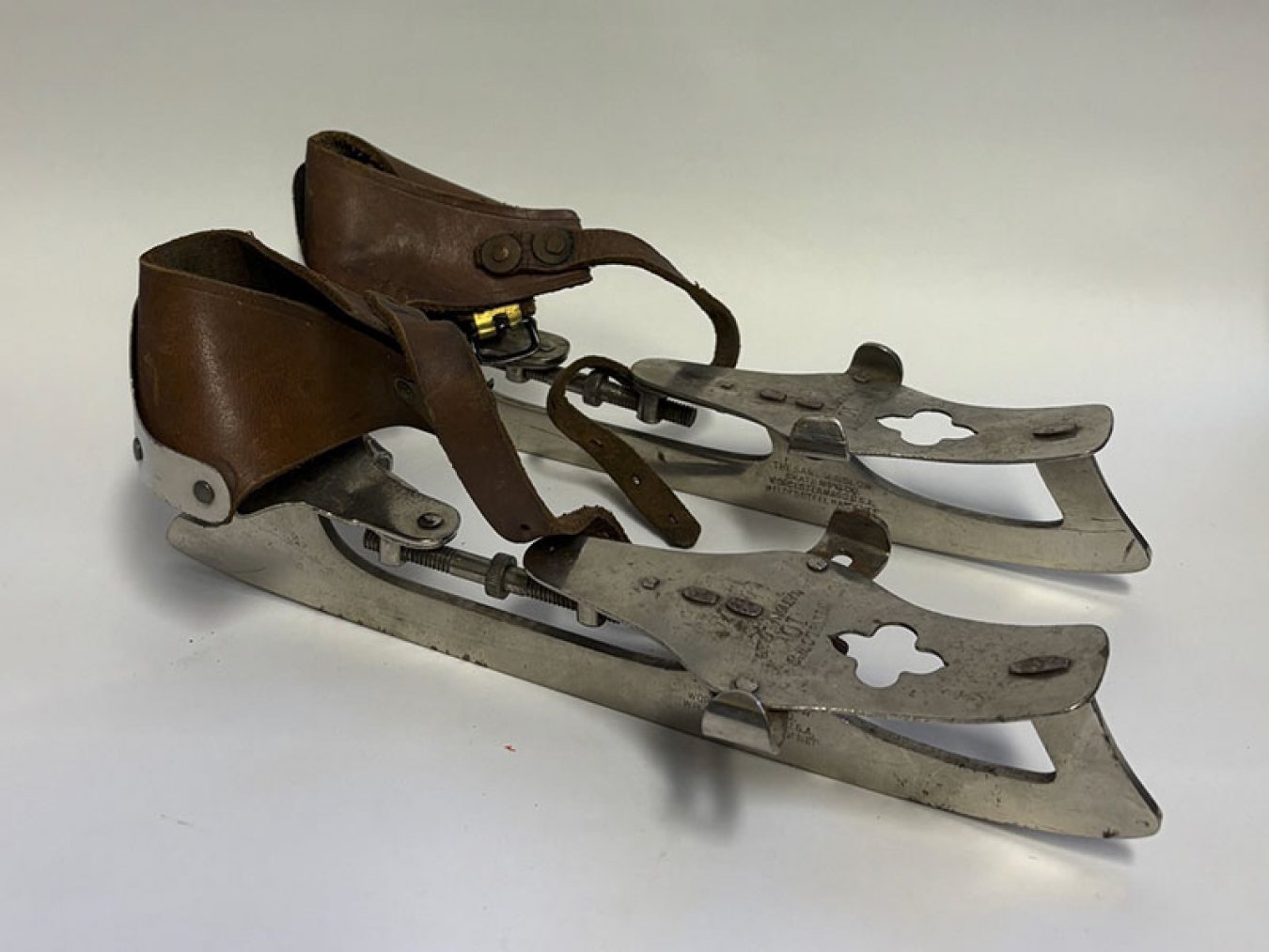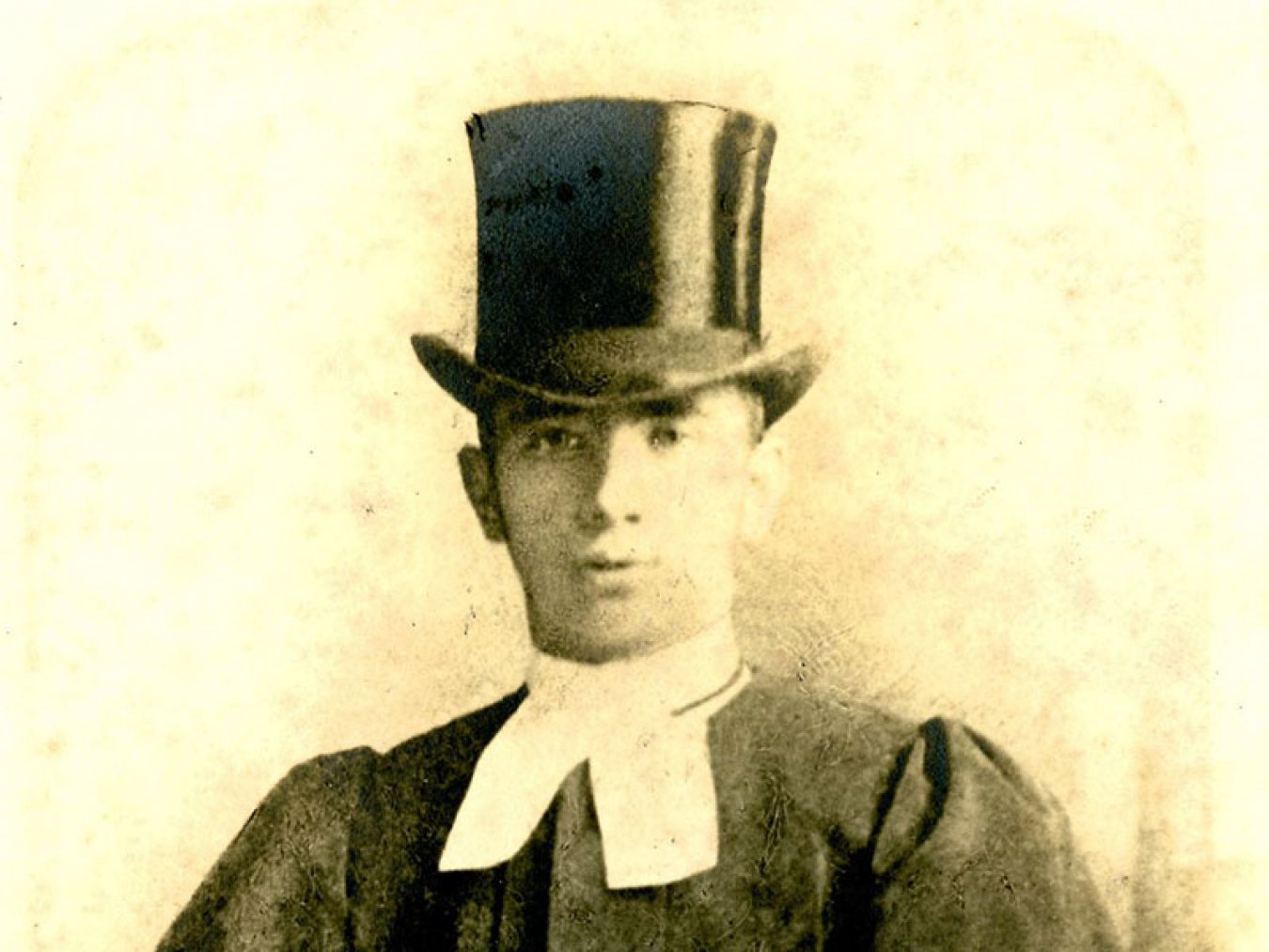The Lost Bird Project
Our Eskimo Curlew Sculpture Now Stands
Just prior to the City ordering folks to stay home for the pandemic, a crew was racing to install a sculpture at the Galveston Island State Park. I was with a handful of people watching, while working on our social distancing skills. It was not the dramatic unveiling that had been planned by the Galveston Island Nature Tourism Council (GINTC).
This project was years in the making and it all revolves around a bird last seen on Galveston Island. That bird is the Eskimo Curlew, last seen on Galveston’s west end in the early 1960s. Prior to that it was a common shorebird with flocks migrating from South American to Canada and Alaska. Today, most assume it is extinct.
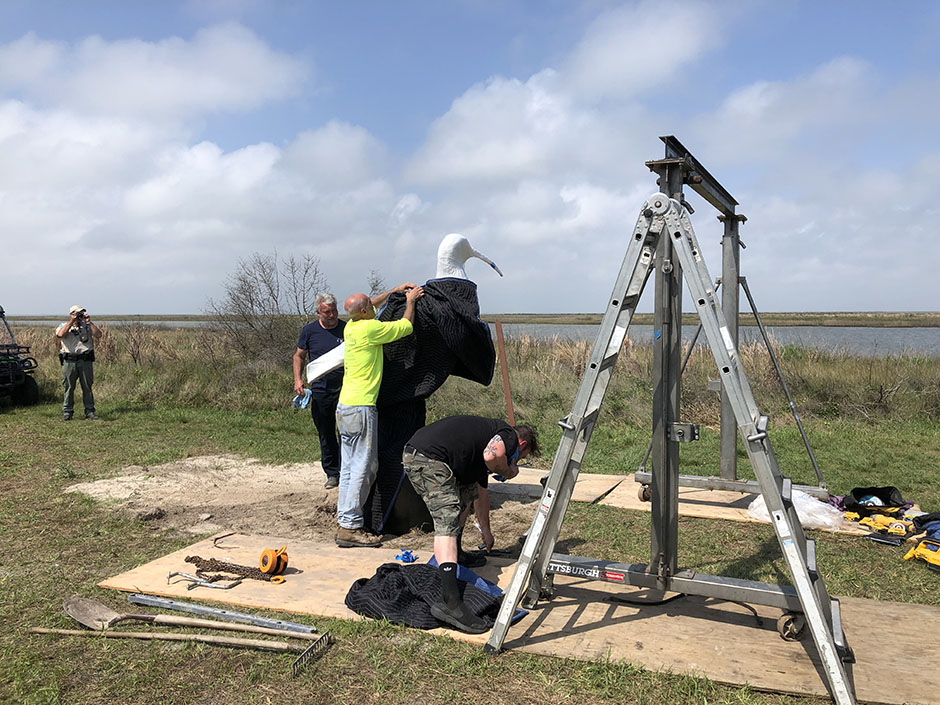
My friend, Julie Ann with GINTC, had been at the site since early that morning. Late in the evening, she sent me a few pics of the sculpture at sunset. As was I, she was pleased.
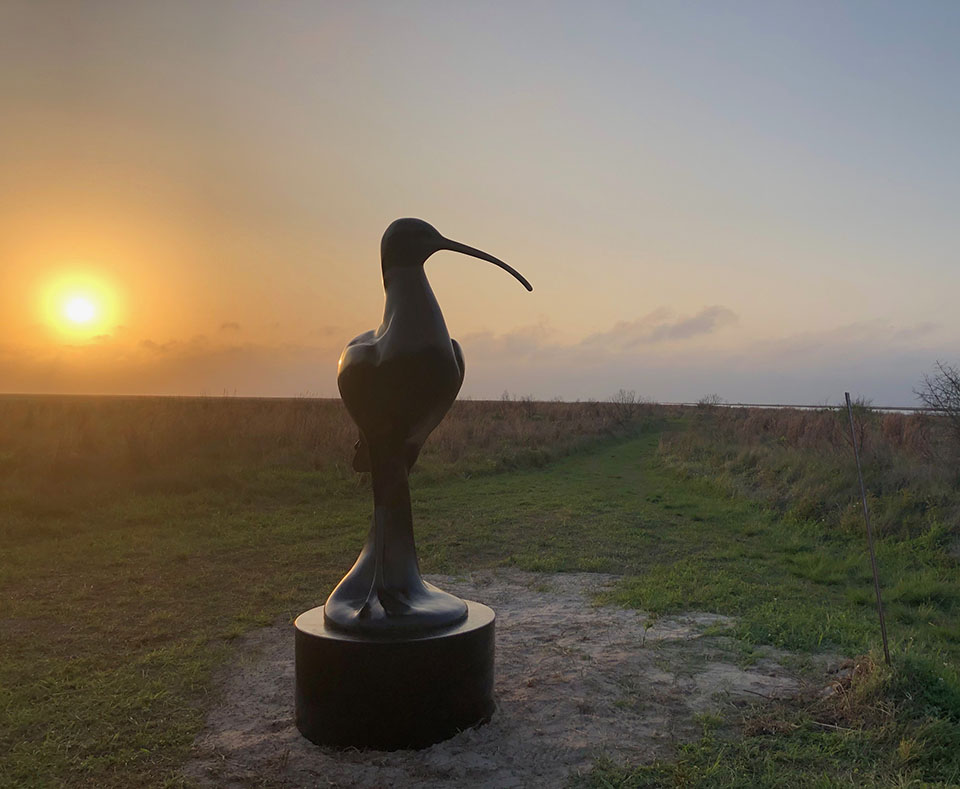
The Eskimo Curlew is in a club with other lost birds like the Great Auk last seen in Newfoundland, the Passenger Pigeon last seen in Ohio, the Labrador Duck last seen in New York, the Carolina Parakeet last seen in Florida, and the Heath Hen last seen in Martha’s Vineyard.
Introduce yourself to Todd McGrain and The Lost Bird Project, an ode to vanished times and vanished species. McGrain works with communities to place bronze sculptures of extinct birds at locations near the site where the species was last seen.
“Forgetting that these birds ever existed is another kind of extinction,” McGrain said. “It takes real work to preserve habitat, raise awareness, and mitigate the factors that adversely affect bird populations.”
He has placed sculptures in Newfoundland, Ohio, New York, Florida, and Martha’s Vineyard. His latest now stands on the Clapper Rail trail at the Galveston Island State Park.
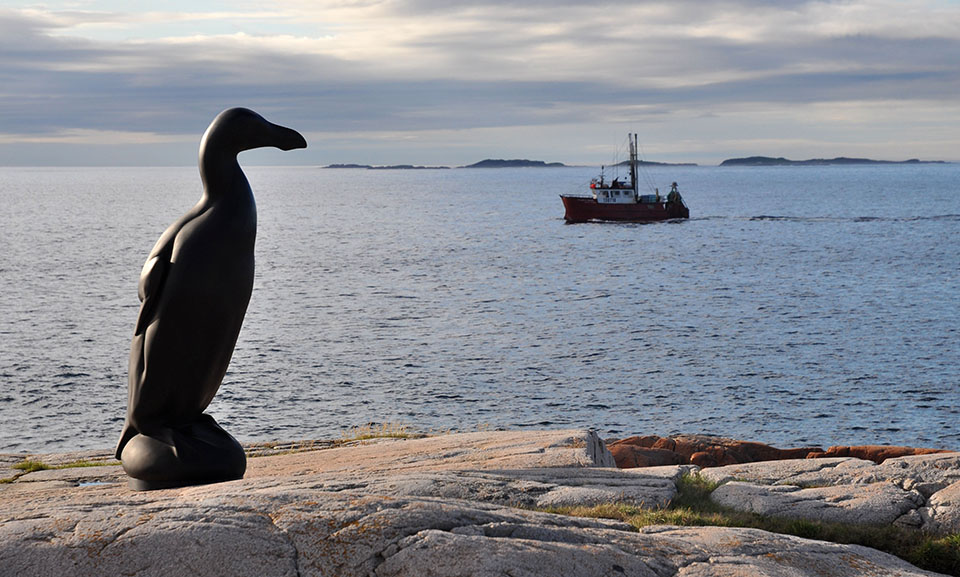
| Great Auk Sculpture, Fogo Island, Newfoundland | The Lost Bird Project |
The Bryan Museum Exhibit
In addition to the Eskimo Curlew at the State Park, five sculptures representative of the other permanent Lost Bird Project sculptures located throughout North America have been installed on the grounds of The Bryan Museum. The exhibit will be in place through March 2021.
There is no charge to view the exhibit and learn about these once-thriving birds. If the gates are open, walk in and take a look. If the gates are closed, you can still see them from the street.
The thought-provoking memorial links art with natural history, and highlights humans’ impact on biodiversity. Galveston Island Nature Tourism Council, Houston Audubon, and The Bryan Museum have partnered to bring these elements of The Lost Bird Project to the island.
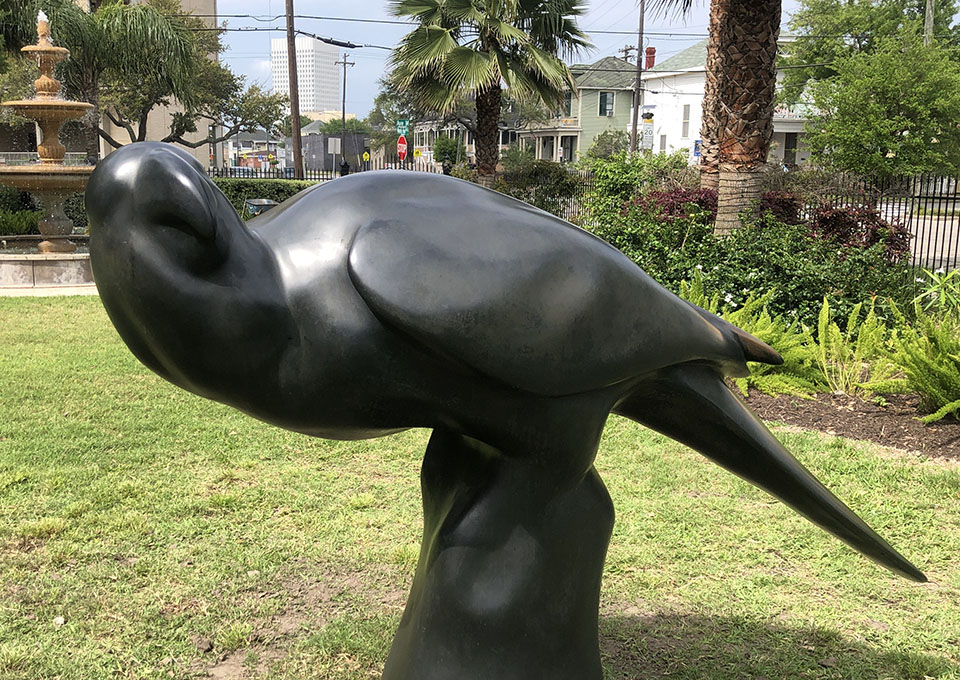
Carolina Parakeet
According to Audubon.org, “The Carolina Parakeet (Conuropsis carolinensis) was the only parrot species native to the eastern United States. It was found from southern New York and Wisconsin to the Gulf of Mexico, and lived in old forests along rivers. It is the only species classified in the genus Conuropsis. It was called puzzi la née (“head of yellow”) or pot pot chee by the Seminole and kelinky in Chickasaw. The last known wild specimen was killed in Okeechobee County, Florida, in 1904, and the last captive bird died at the Cincinnati Zoo on February 21, 1918.”
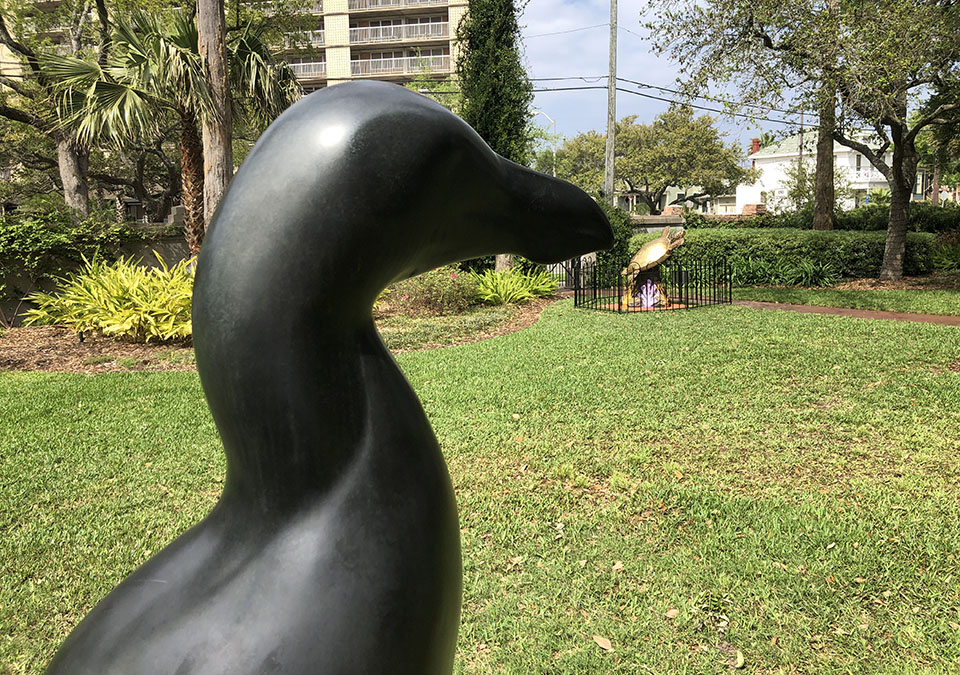
Great Auk
According to Audobon.org, “It was on the islet of Stac an Armin, St Kilda, Scotland, in July 1844, that the last Great Auk seen in the British Isles was caught and killed. Three men from St Kilda caught a single “garefowl”, noticing its little wings and the large white spot on its head. They tied it up and kept it alive for three days, until a large storm arose. Believing that the auk was a witch and the cause of the storm, they then killed it by beating it with a stick. It is the only British bird made extinct in historic times. The last colony of Great Auks lived on Geirfuglasker (the “Great Auk Rock”) off Iceland. This islet was a volcanic rock surrounded by cliffs which made it inaccessible to humans, but in 1830 the islet submerged after a volcanic eruption, and the birds moved to the nearby island of Eldey, which was accessible from a single side. When the colony was initially discovered in 1835, nearly fifty birds were present. Museums, desiring the skins of the auk for preservation and display, quickly began collecting birds from the colony. The last pair, found incubating an egg, was killed there on 3 July 1844, on request from a merchant who wanted specimens, with Jón Brandsson and Sigurður Ísleifsson strangling the adults and Ketill Ketilsson smashing the egg with his boot.”
According to atlasobscura.com, “[Todd McGrain’s] Great Auk Sculpture [on Fogo Island, Newfoundland] faces another similar sculpture in Iceland. That sculpture, also created by McGrain, in turn points toward the Icelandic island of Eldey, the site of the last known great auk breeding colony.”
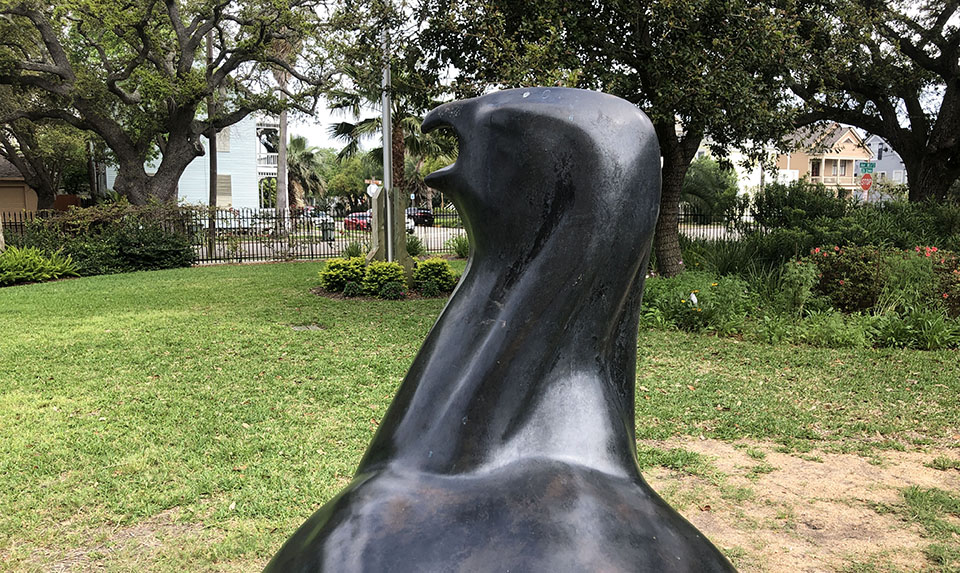
Heath Hen
According to David S. Wilcove on The Cornell Lab website at allaboutbirds.org, “In the colonial era, Heath Hens were so abundant that servants allegedly pleaded with their employers not to be fed them more than a few times a week. Yet by the mid-1800s, the Heath Hen had been reduced to a single population on the island of Martha’s Vineyard, Massachusetts. By 1896, they numbered fewer than 100 individuals, and by 1908, they had dropped to 50. That year, a refuge for the Heath Hens was established, and their numbers began to climb, reaching 2,000 birds by 1915. Then, a succession of disasters took their toll. A fire in the summer of 1916 burned much of their habitat; this was followed by an unusually severe winter, accompanied by an invasion of Northern Goshawks, and the birds’ population dropped to fewer than 150. Then a disease, probably spread by domestic poultry, hit the survivors. By the late 1920s, only two Heath Hens remained, and the last bird was seen in 1932.”
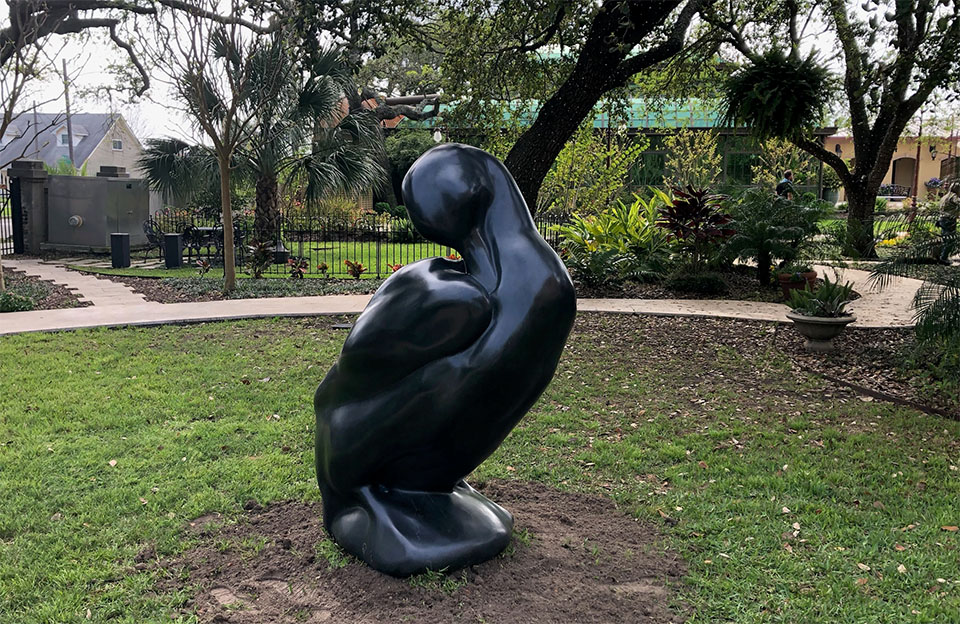
Labrador Duck
According to Wikipedia, “The Labrador duck (Camptorhynchus labradorius) was a North American bird; it has the distinction of being the first endemic North American bird species to become extinct after the Columbian Exchange, with the last known sighting occurring in 1878 in Elmira, New York. It was already a rare duck before European settlers arrived, and as a result of its rarity information on the Labrador duck is not abundant, although some, such as its habitat, characteristics, dietary habits and reasons behind its extinction, are known. There are 55 specimens of the Labrador duck preserved in museum collections worldwide.”
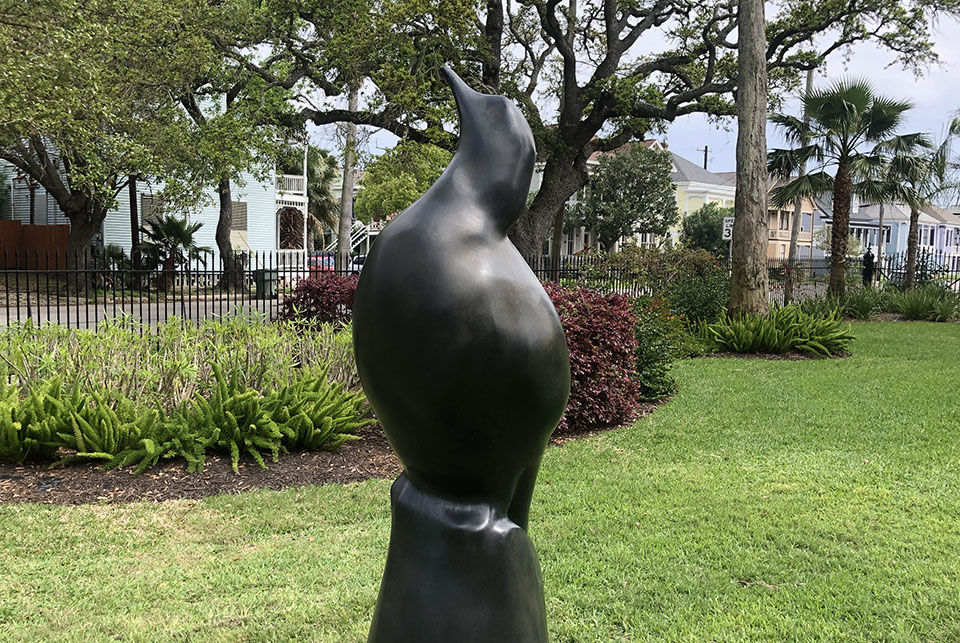
Passenger Pigeon
According to Barry Yeoman on audubon.org, “In 1871 their great communal nesting sites had covered 850 square miles of Wisconsin’s sandy oak barrens—136 million breeding adults, naturalist A.W. Schorger later estimated. After that the population plummeted until, by the mid-1890s, wild flock sizes numbered in the dozens rather than the hundreds of millions (or even billions). Then they disappeared altogether, except for three captive breeding flocks spread across the Midwest. About September 1, 1914, the last known passenger pigeon, a female named Martha, died at the Cincinnati Zoo. She was roughly 29 years old, with a palsy that made her tremble. Not once in her life had she laid a fertile egg.”
The Documentary
The Lost Bird Project documentary follows the roadtrip that McGrain and his brother-in-law, Andy, take as they search for the locations where the birds were last seen in the wild, and negotiate for permission to install McGrain’s large bronze sculptures at those locations.
Traveling all the way from the tropical swamps of Florida, to Martha’s Vineyard, to the rocky coasts of Newfoundland over a period of two years, they scout locations, talk to park rangers, speak at town meetings, and battle bureaucracy in their effort to gather support for the project. McGrain’s aim in placing the sculptures is to give presence to the birds where they are now so starkly absent.
Galveston is Lucky
If you watched the documentary, you will understand the struggles Todd McGrain endured to get the first five sculptures installed. The story was a bit different for Galveston and the Eskimo Curlew Sculpture. I have watched the Galveston Island Nature Tourism Council raise funds and negotiate the politics for several years to make this a reality. I say “thank you” to them and everyone that helped and donated money.
Visit the Galveston Island Nature Tourism Council website for more information.
If you want to learn about The Lost Bird project and other initiatives by Todd McGrain, visit lostbird.org.
For more about the Eskimo Curlew, a really good article was published by audobon.org, in which they tell of the Galveston sighting and various causes for the demise of the species.
I also created a birding section on Galveston.com that includes photos of species you might see on the island, where to look, and when to come.
When this coronavirus crisis passes, I hope you will visit the island to see the sculptures and do some birding. If you live on the island, spring migration is happening now. Look out your window!
And, when the State Park reopens, here’s a map to the Eskimo Curlew sculpture on the Clapper Rail Trail.
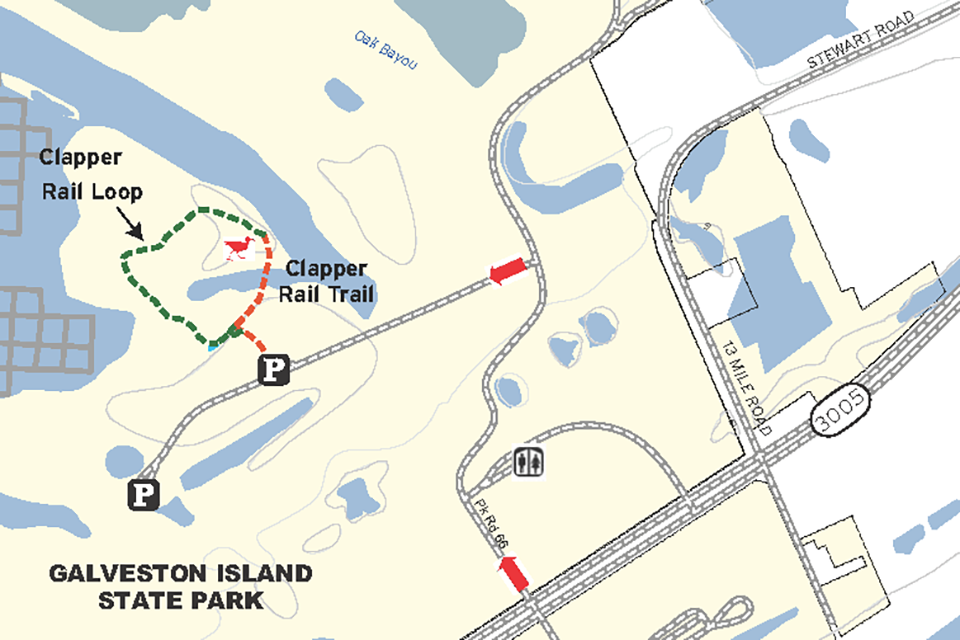
Lee Roane
Lee Roane has worked on the Galveston.com website since 1994. He is interested in history and birding but will write about anything if he thinks it will help someone enjoy the island.